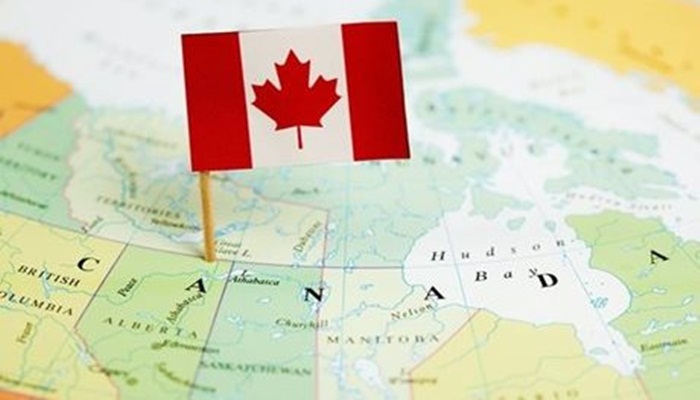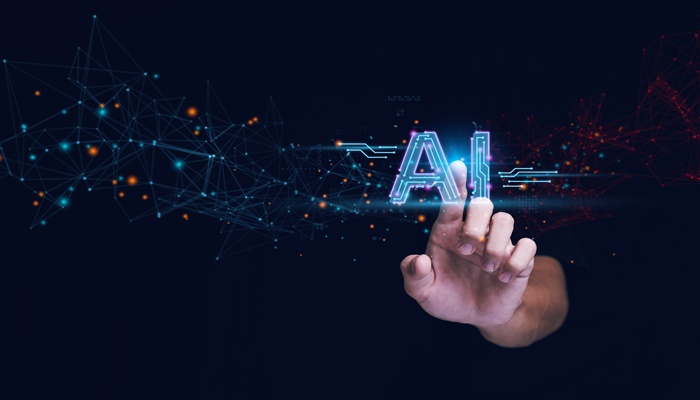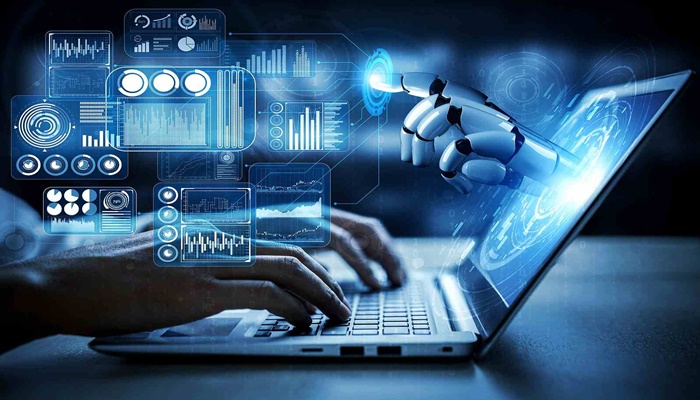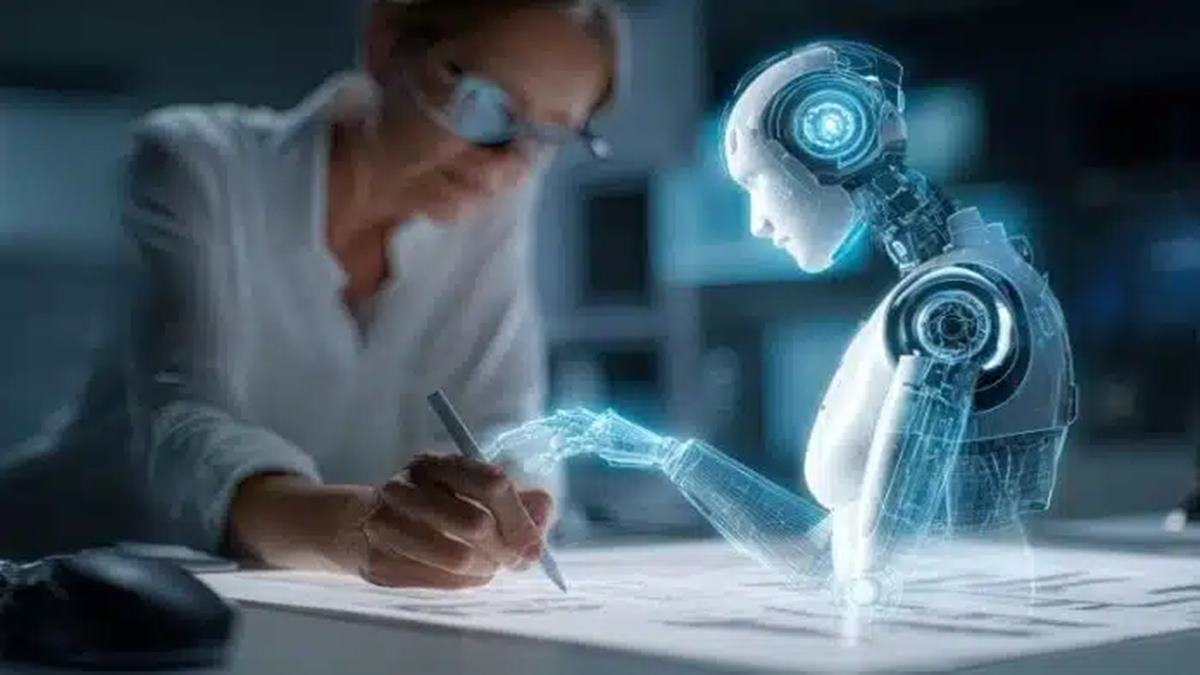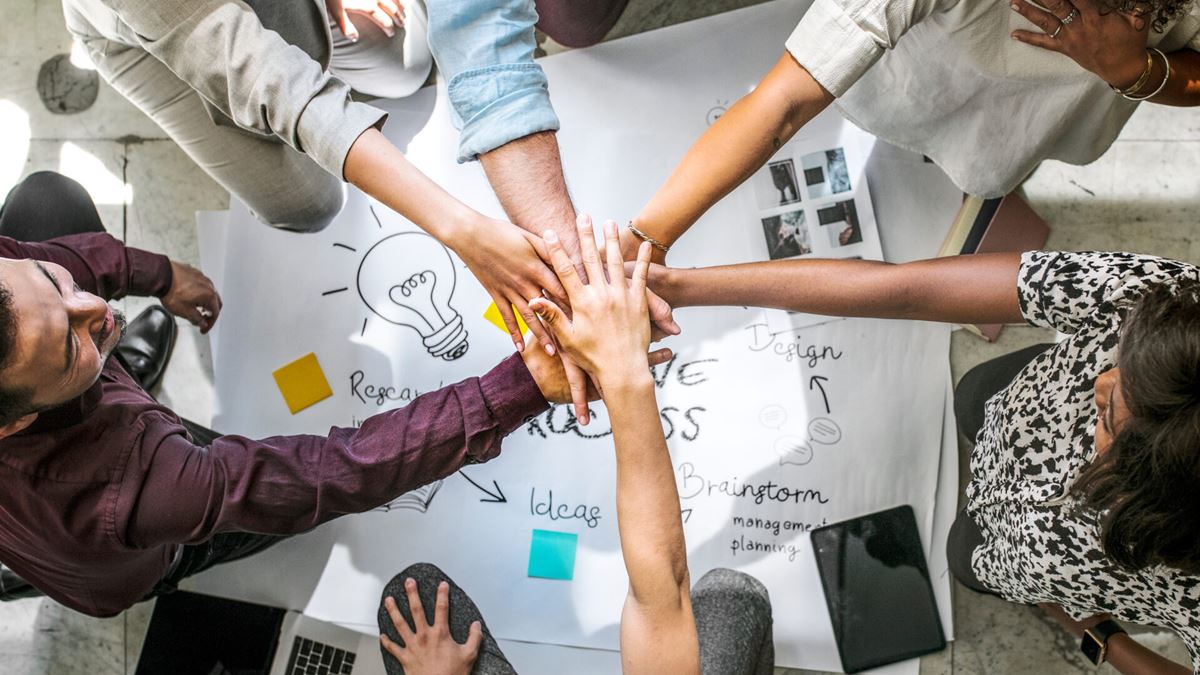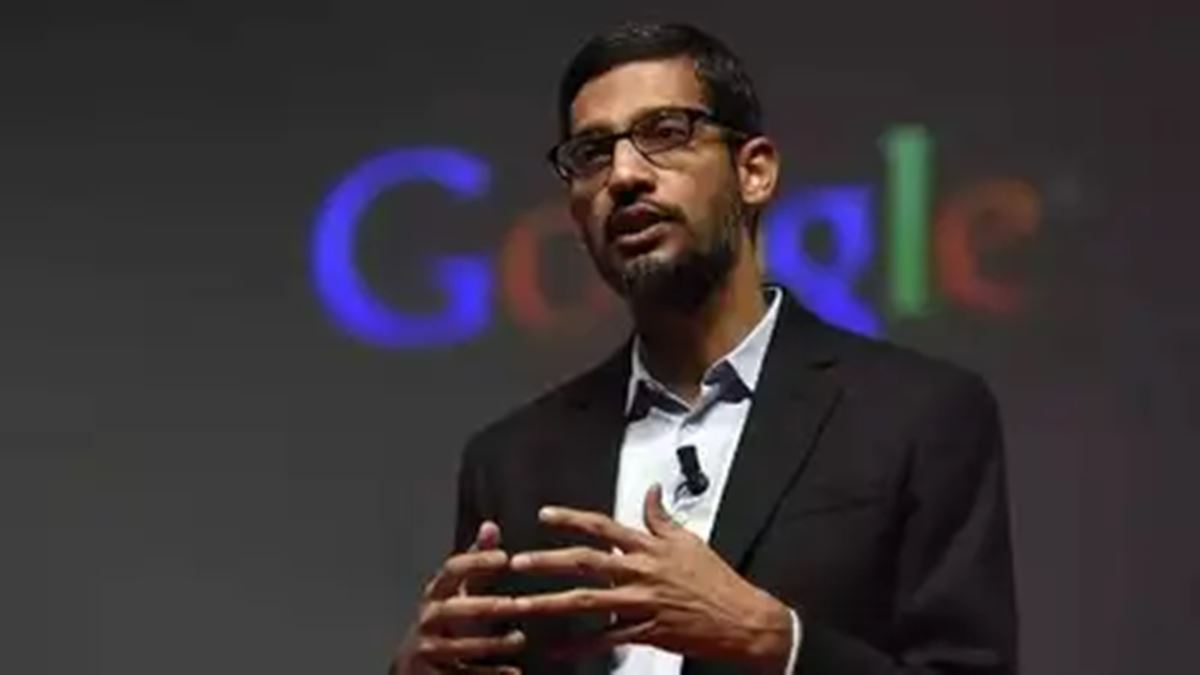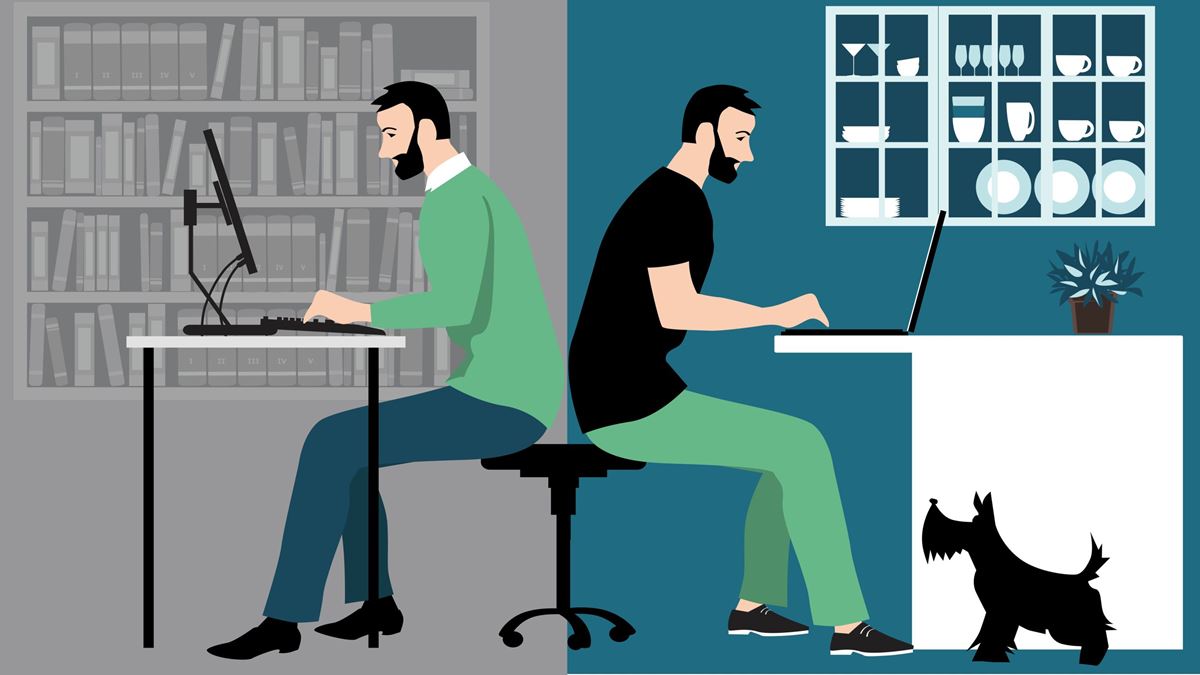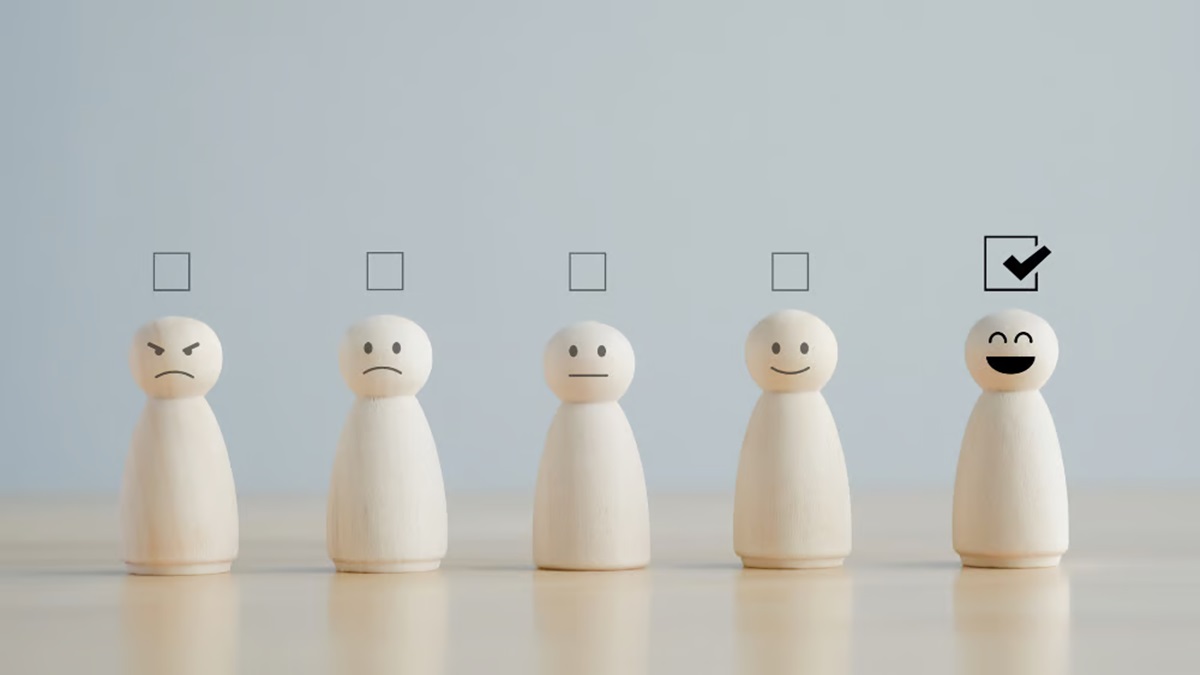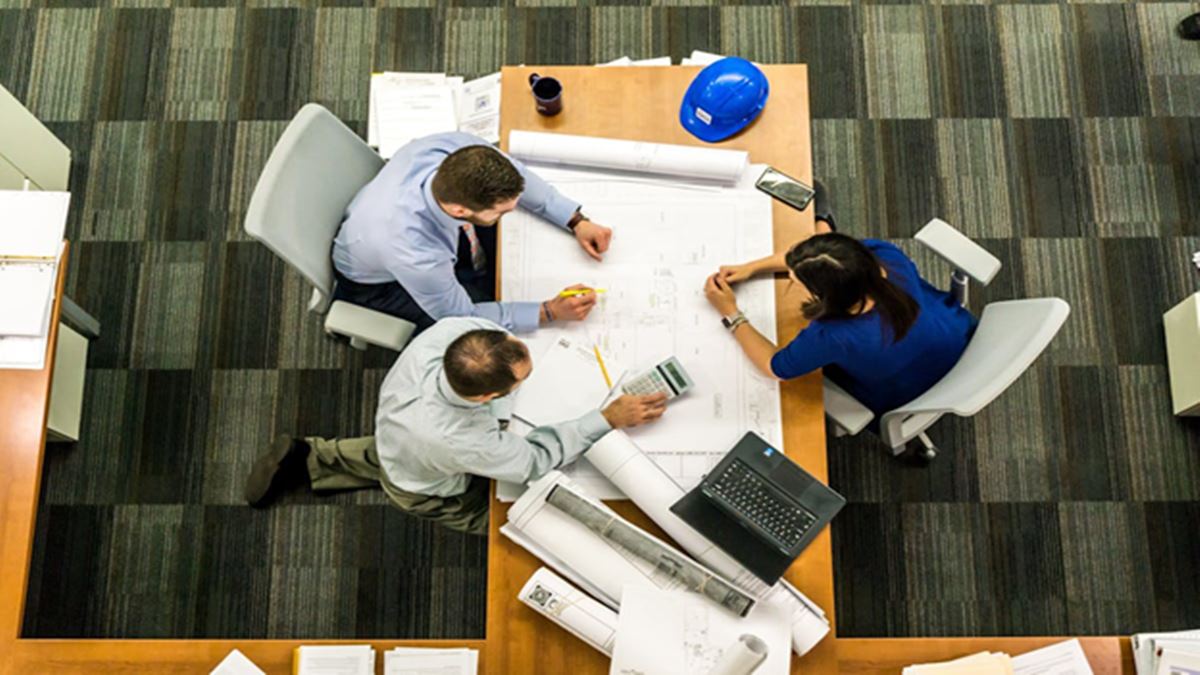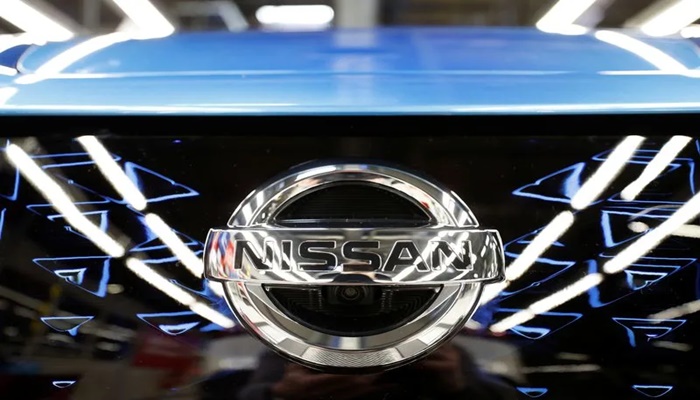Everyone’s racing to plug AI into the workplace—but few are asking the right question: What kind of workplace are we automating?
No matter how advanced the technology, it can’t fix burnout, broken trust, or outdated performance systems. Without intentional leadership from HR, AI will only amplify the problems it’s meant to solve—disengagement, inequity, and inefficiency.
Before businesses automate, they need to realign—rebuild trust, redefine roles, reskill their people, and modernize performance systems to match the speed and fluidity of augmented work. That’s not a technical challenge, it’s a cultural one. And it starts with HR, not engineering.
Despite wanting to lead in the AI transformation, HR leaders are often brought in late—if at all. This misses a critical truth: introducing AI is not just a systems upgrade, it’s a fundamental change in how people work.
When HR isn’t involved, the risks stack up quickly. Readiness isn’t assessed, skills gaps aren’t addressed in time, and employees are evaluated on outcomes without clarity on how AI factored into the results. Ethical issues emerge after the damage is done. In the absence of a thoughtful approach, AI adoption can feel arbitrary or threatening, leading employees to resist or quietly work around it.
One of the biggest limiting factors for strategic AI adoption is not technological. It’s human. A recent SHRM study bears this out: While two-third of HR leaders want a central role in AI transformation, only 26% say they’ve been involved in managing change and employee adoption. What’s more, only 17% say their organization’s implementation of AI has been highly successful.
HR’s role at this moment is essential. This is the function that understands behavior change, performance drivers, and cultural readiness. HR can bridge the gap between leadership’s AI ambitions and employees’ daily realities, shaping both the message and the experience so that AI adoption builds trust instead of eroding it.
CHROs need to connect their work directly to business transformation. That means reframing HR not as the function that reacts to change, but as the one that enables it through clear performance strategy and transparent communication, workforce readiness, and targeted skills activation.
When this happens, transformation stops being a buzzword and becomes a lived reality. Employees will understand exactly how AI will support—not replace—their work, because HR shaped the rollout and messaging from day one. Managers will be equipped with real-time performance insights and clear guidelines on where human judgment matters most. Learning programs will close skills gaps before they slow progress. And a culture where AI is seen not as a threat, but as a trusted tool in reaching both personal and company goals, will be present. This is the difference between an AI initiative that fizzles and one that reshapes how work gets done for the better.
AI can become a tool for creating a more agile and aligned workforce. And with the right approach, AI-powered performance management systems can map skills to strategic goals, identify where to upskill, and highlight hidden talent. They can give leaders visibility into readiness across teams and help spot resistance before it stalls progress. They can even connect people strategies directly to business outcomes, which means there would be no denying HR’s role in driving transformation.
None of this happens if HR is left on the sidelines. Without cultural alignment, AI will accelerate processes in the same broken systems, deepening mistrust and turnover. With HR at the front, organizations can adopt AI in a way that strengthens the fabric of work—making it faster, yes, but also fairer, more transparent, and better aligned with how people actually thrive. AI will change the way work gets done. HR will determine whether that change makes work better.


